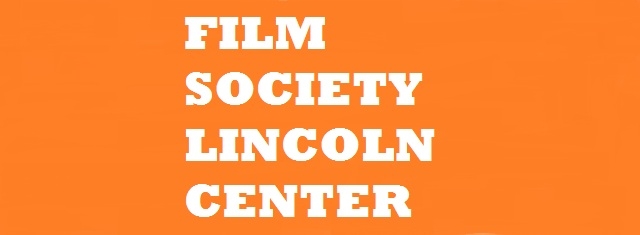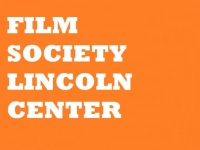Technology
FILM SOCIETY LINCOLN CENTER THE BEST MEANS TO SATISFY AUDIENCES
YEAR-ROUND PROGRAMMING

(Source: © Ruby BIRD & Yasmina BEDDOU)
America´s pre-eminent film presentation organization, The Film Society of Lincoln Center was founded in 1969 to celebrate American and international cinema, to recognize and support new filmmakers, and to enhance awareness, accessibility and understanding of the art among a broad and diverse film going audience.
The Film Society is best known for two world-class international festivals“”the New York Film Festival (the most famous and prestigious in the country), and New Directors/New Films (celebrating new cinematic artists).
The Film Society is best known for two world-class international festivals“”the New York Film Festival (the most famous and prestigious in the country), and New Directors/New Films (celebrating new cinematic artists).
It runs two state-of-the-art year round cinemas, the Walter Reade Theater (268 seats) and the Elinor Bunin Munroe Film Center (90 seats, 150 seats and the 75-seat Amphitheater)
It publishes the country´s most respected cinematic journal, Film Comment.
Each year the organization presents its annual Gala Tribute honoring legendary stars and industry leaders of our generation at Lincoln Center´s Alice Tully Hall.
At various times of the year the Film Society partners with Hollywood studios to present premieres and special live appearances.
It publishes the country´s most respected cinematic journal, Film Comment.
Each year the organization presents its annual Gala Tribute honoring legendary stars and industry leaders of our generation at Lincoln Center´s Alice Tully Hall.
At various times of the year the Film Society partners with Hollywood studios to present premieres and special live appearances.
Ruby Bird Yasmina Beddou Film Society Lincoln Center 1969 American International Cinema Filmmaker Art Audience Technology Independent Year-round Programming Premiere Institution Aficionados Generation Industry Hollywood Studios
Liability for this article lies with the author, who also holds the copyright. Editorial content from USPA may be quoted on other websites as long as the quote comprises no more than 5% of the entire text, is marked as such and the source is named (via hyperlink).






